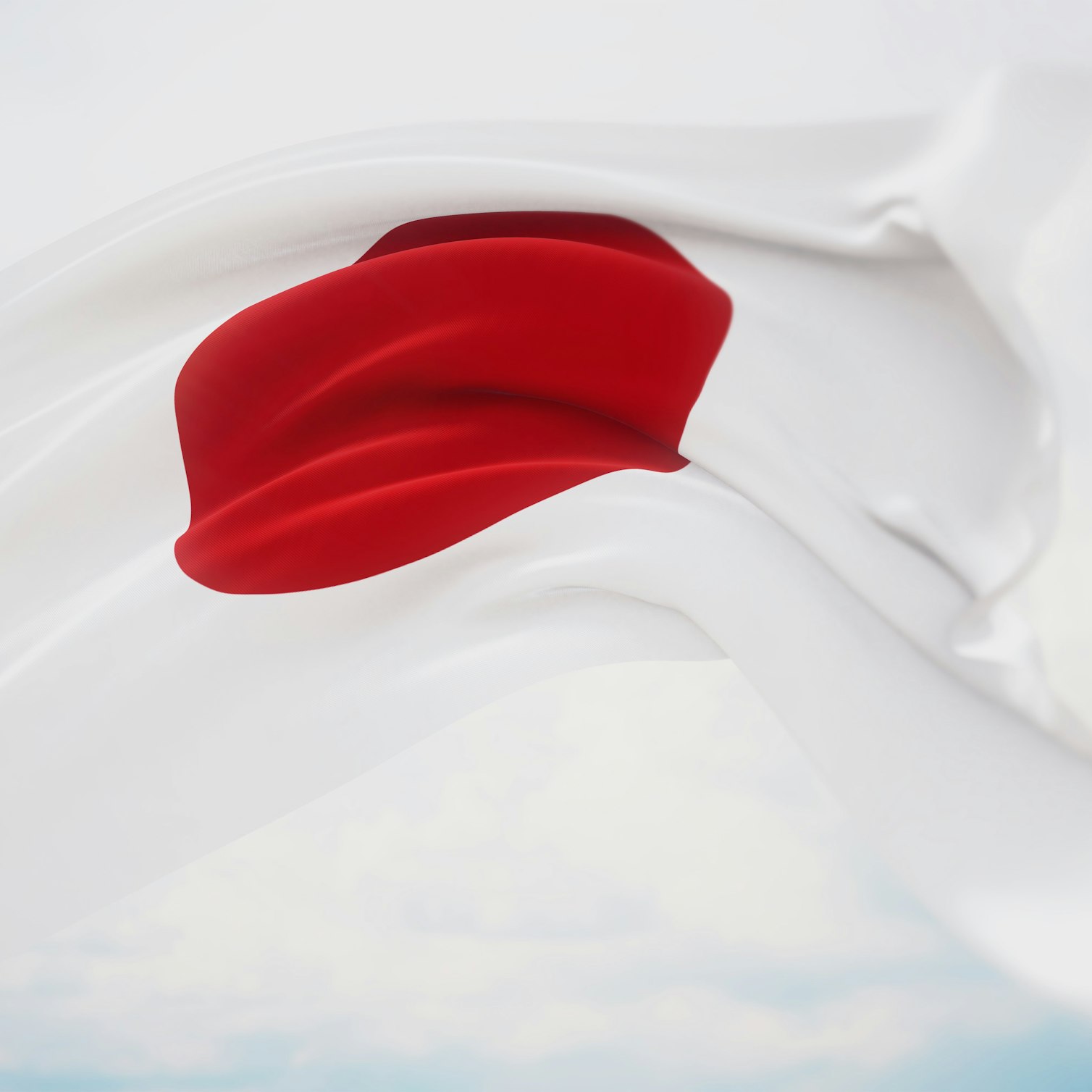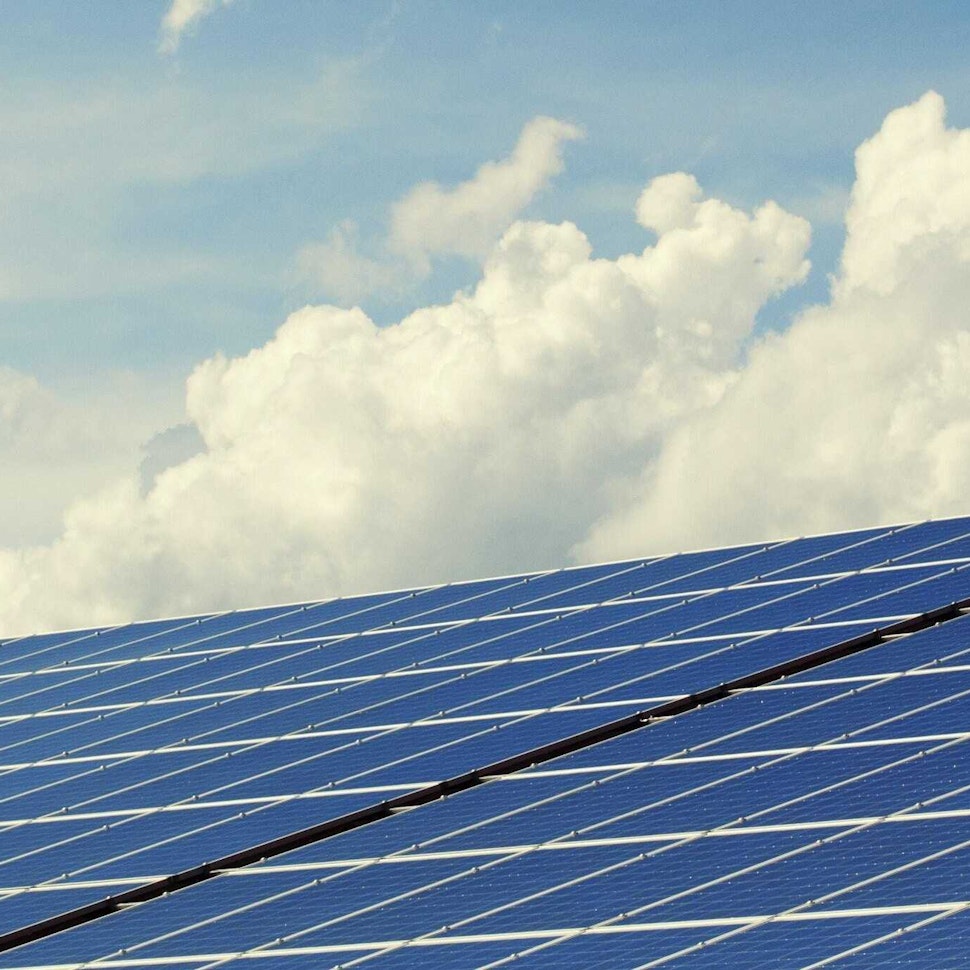- Solar energy blog
- Japan's FIP scheme and battery storage subsidy are driving forces to boost renewables
Japan's FIP scheme and battery storage subsidy are driving forces to boost renewables


Gonzalo de Blas
Account Owner
Before joining RatedPower, I studied in London and worked at the Spanish Chamber of Commerce in Taipei. I have lived in the UK, Taiwan, China, Germany and Spain, and I used to spend a lot of time in France, where part of my family lives.

Content
Japan has set a target to reach carbon neutrality by 2050 and plans to increase the share of renewables in its total electricity generation to 36-38% by 2030 — including 19-21% from solar and wind. Its previous target was for renewables to reach a 22-24% share from 18% in 2019-2020.
The Japanese government has amended its 2011 Act on Special Measures Concerning Procurement of Electricity from Renewable Energy Sources by Electricity Utilities, renaming it the Act on Special Measures Concerning Promotion of Utilization of Electricity from Renewable Energy Sources (REA). The REA introduced a Feed-in Premium (FIP) scheme in April 2022, and will gradually transition away from its Feed-in Tariff (FIT) scheme.
The government is also reforming its battery energy storage system (BESS) regulations, with batteries set to play an important role in maximizing renewable energy supply and avoiding grid constraints.
We look at the changes being implemented and what they mean for renewable energy projects in Japan.
RatedPower’s software now includes functionality to automate and speed up the feasibility study process for identifying viable utility-scale PV projects with BESS. Learn all the tips with this free eBook!
How does the FIP scheme differ from FIT?
Japan’s FIT scheme has contributed to the rapid deployment of solar and onshore wind generation capacity. But as the scheme provides a fixed price for the electricity produced, there is no incentive for generators to increase their output during peak demand hours or reduce output when the market is oversupplied.
Under the FIT scheme, utilities buy power from renewable generators at a fixed price regardless of market price fluctuations. This provides project developers with certainty as to the price the plant will receive for the electricity it generates. However, renewable generators are uncoupled from the market and unaffected by imbalance risk, so they assume no additional cost for the difference between the amount of electricity generated and the estimated generation submitted to the Organization for Cross-regional Coordination of Transmission Operators (OCCTO) in advance.
The FIP approach aims to address this imbalance by paying generators a subsidy based on the wholesale market price, plus a marginal rate. This links the revenue the generator receives with the market price and will provide more incentive for them to increase supply during peak demand hours — such as through the use of battery storage.
Utilities are no longer required to purchase electricity from renewable generators. Instead, the generators will either sell their power on the wholesale market or in bilateral trades with retailers.
Solar and wind energy generators will no longer be exempted from the imbalance cost, although they will initially receive compensation as part of the premium to cover the cost. This is a temporary payment to incentivize generators to use the FIP scheme rather than the FIT. For the 2022 financial year, generators receive JPY1.0/kWh, which will be gradually reduced.
Projects that have been approved for the FIT scheme can apply to transfer to the FIP scheme when their business plan is approved.
For the 2022 financial year, solar power projects with a capacity of at least 50kW that are not subject to auction receive JPY10/kWh under the FIP scheme. Projects of 1MW and above are subject to auction and the FIT scheme is no longer available.
In the first FIP auction, held in June, a total capacity of 175MW was available and the government awarded subsidies to five projects with a combined capacity of 128.94MW, out of 12 eligible projects with a combined capacity of 179.02MW. The highest price awarded was JPY9.90/kWh and the weighted average was JPY9.87/kWh.
But what does the transition to the FIP scheme mean for the deployment of battery storage?
BESS under FIP subsidies
In August, Japanese prime minister Fumio Kishida called for an acceleration in the introduction of stationary battery storage along with a power grid expansion, to enable the planned increase in renewable capacity.
BESS will provide an important source of backup power to support the higher share of intermittent generation. OCCTO estimates that the annual cost of integrating more renewable generation into the power grid could reach ¥353 billion in 2050 and the rate of curtailment could reach 52% if the transmission network is not upgraded. Installing battery storage would reduce the cost of upgrading the grid and avoid wasting clean generation.
Most BESSs in Japan are currently co-located with renewable power installations, but the country is increasingly looking at installing standalone systems to provide grid balancing services. Unlike the FIT scheme, the new FIP regulations allow project developers to change their business plans to add BESS without triggering a change in the subsidy’s base price. This aims to encourage generators to invest in BESS under the FIP scheme so that they can export additional power from the battery during times of peak demand and minimize imbalance risk.
The Electricity Business Act was amended in May 2022 to categorize stand-alone BESS businesses as Electricity Generation Businesses and enable them to apply for power grid connections. The amendment is expected to give the Ministry of Economy, Trade and Industry (METI) the power to give standalone BESS operators instructions, such as to dispatch power during periods of tight supply.
The provisions in the amendment will take effect from 1 April 2023. It may take 1-2 years after the legislation comes into effect for the market to be ready for the implementation and operation of these new BESS businesses.
The Japanese government allocated JPY13 billion for a subsidy program for standalone BESS construction from February to March 2022. The market was surprised that the scheme was short-lived, as the full amount of funding has already been granted to projects, and is waiting for indications as to whether there will be further rounds.
The government’s subsidy push has so far prompted an increasing number of private companies to invest in battery storage projects, including large-scale plants.
RatedPower can help you optimize your solar project
With countries around the world pushing to accelerate their renewable deployments, it is more important than ever to maximize solar electricity generation. If you are developing a utility-scale solar plant, RatedPower solar design platform can automate the design process and optimize the project’s output.
Latest stories
Related posts
Technology and engineering
Innovation in renewable energy: Developments expected in 2025
We look at the 10 biggest renewable industry developments that are making a green future possible, including perovskite solar cells, green hydrogen, and more.
Updated 18 MAR, 25

Market analysis
Breaking down solar farm costs: Free template inside
Updated 27 SEP, 21

Market analysis
Solar energy in Australia: a 2021 market analysis
Updated 11 MAY, 21

- RatedPower
- Solar energy blog
- Japan's FIP scheme and battery storage subsidy are driving forces to boost renewables


